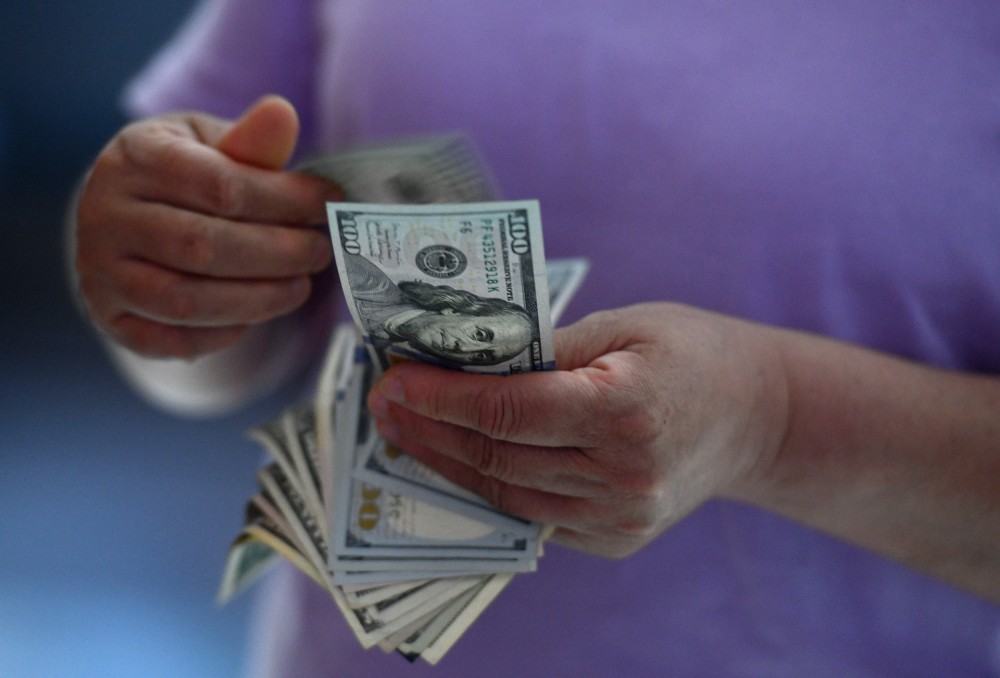The U.S. dollar has fallen at the fastest clip since 1973. Here's what that means.
By and
President Donald Trump wants the U.S. to increase its exports and lower its imports. Thanks to a historic decline in the value of the U.S. dollar, he may get his wish — but at a cost he may not have anticipated.
Over the past six months, the dollar has declined more than 10% compared with a basket of currencies from the U.S.’ major trading partners — something it has not done since 1973. Today, it sits at a three-year low.
The simplest explanation for the decline is that global investors now expect the U.S. economy to no longer outperform the rest of the world as a result of Trump’s tariffs and worsening fiscal issues. Even with U.S. stocks returning to record highs, the return on other countries’ equities has been even stronger. Meanwhile the return on lending to the U.S. is expected to decline as growth here slows.
It wasn’t supposed to be this way. Many, including members of Trump’s own Cabinet, assumed his tariffs strategy would strengthen the value of the dollar relative to foreign currencies. The thinking behind it was that as American consumers began to purchase fewer foreign goods, those other countries’ currencies would weaken relative to the dollar.
Instead, the opposite has occurred. U.S. growth prospects have weakened — in part because of Trump’s tariffs. That has made U.S. debt relatively less attractive for foreign investors, especially compared with the returns on lending to other countries, like Germany and Japan, that are now expected to experience higher growth.
In theory, the advantage of a weaker U.S. dollar is that it makes goods produced in the U.S. more attractive to foreign markets.
Yet it is too soon to say whether that is occurring. In anticipation of Trump’s tariffs, U.S. firms massively increased their imports in the first three months of this year to avoid paying the new duties, and it will be weeks before second-quarter data is released.
Even then, that data will likely only show a snapback effect from the first quarter’s upswing. And while Trump has announced a flurry of new investments designed to beef up U.S. production capacity, many of those endeavors are months or even years from coming on line.
One obvious effect of a weakening U.S. dollar is that it becomes more expensive for Americans to go to popular destinations abroad, since the greenback will be worth less than local currencies. In essence, your money won’t stretch as far. Of course, such excursions tend to be taken largely by travelers who are less worried about increased costs.
At home, a bigger concern is inflation, and lost purchasing power for U.S. consumers and businesses, who still remain heavily reliant on imports. Until America is able to sustainably produce more goods on its own at higher volumes, purchasing power will decline as it becomes relatively more expensive to import goods from abroad.
In the meantime, analysts say, a more alarming trend may be taking root: Foreigners are no longer buying U.S. financial assets, like stocks and bonds, at the levels that have allowed the U.S. to finance its trade deficit in the first place. Although U.S. stocks have returned to record levels, on a relative basis, they’ve underperformed their counterparts in Europe and elsewhere
Read More Here: NBC News





